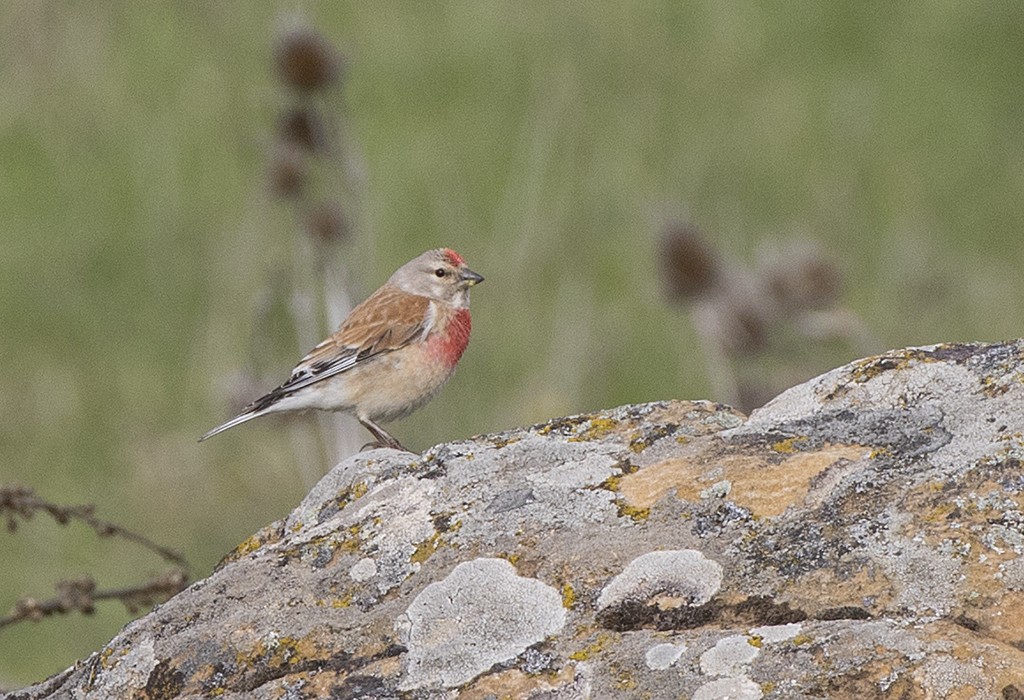Eurasian Linnet
A species of Linnets and Twite, Also known as Brown Linnet Scientific name : Linaria cannabina Genus : Linnets and Twite
Eurasian Linnet, A species of Linnets and Twite
Also known as:
Brown Linnet
Botanical name: Linaria cannabina
Genus: Linnets and Twite
Content
Description People often ask General Info
 Photo By Zeynel Cebeci , used under CC-BY-SA-4.0 /Cropped and compressed from original
Photo By Zeynel Cebeci , used under CC-BY-SA-4.0 /Cropped and compressed from original Description
The eurasian Linnet is a musical bird in flight. It is primarily found in weedy or grassy urban areas and is a rare visitor to bird feeders, preferring to forage for its food. It often joins flocks in the autumn and winter, making the small bird easier to spot. While females are drab in color, males have red breasts.
Size
14 cm
Life Expectancy
9 years
Nest Placement
Shrub
Feeding Habits
Eurasian Linnet primarily consumes seeds from a range of wild plants. They demonstrate adept foraging and are particularly noted for their seed-cracking beak adaptation.
Habitat
Eurasian Linnet thrives in various open and semi-open Eurasian landscapes, including lowland brushland with dense shrubs, open heaths and hillsides with dispersed trees, as well as woodland edges and forest clearings. Their habitats extend to cultivated lands, alongside plantations, orchards, and in larger greenspaces within urban settings. They are generally found at altitudes below 2000 meters but can nest at significantly higher elevations in specific mountain ranges.
Dite type
Granivorous
People often ask
General Info
Feeding Habits
Bird food type
Behavior
Open land with thick bushes is favoured for breeding, including heathland and garden. It builds its nest in a bush, laying four to seven eggs. This species can form large flocks outside the breeding season, sometimes mixed with other finches, such as twite, on coasts and salt marshes. 
Distribution Area
The common linnet breeds in Europe, the western Palearctic and north Africa. It is partially resident, but many eastern and northern birds migrate farther south in the breeding range or move to the coasts. They are sometimes found several hundred miles off-shore. 
Species Status
The common linnet is listed by the UK Biodiversity Action Plan as a priority species. It is protected in the UK by the Wildlife and Countryside Act 1981. In Britain, populations are declining, attributed to increasing use of herbicides, aggressive scrub removal and excessive hedge trimming; its population fell by 56% between 1968 and 1991, probably due to a decrease in seed supply and the increasing use of herbicide. 
Scientific Classification
Phylum
Chordates Class
Birds Order
Perching birds Family
Finches Genus
Linnets and Twite Species
Eurasian Linnet